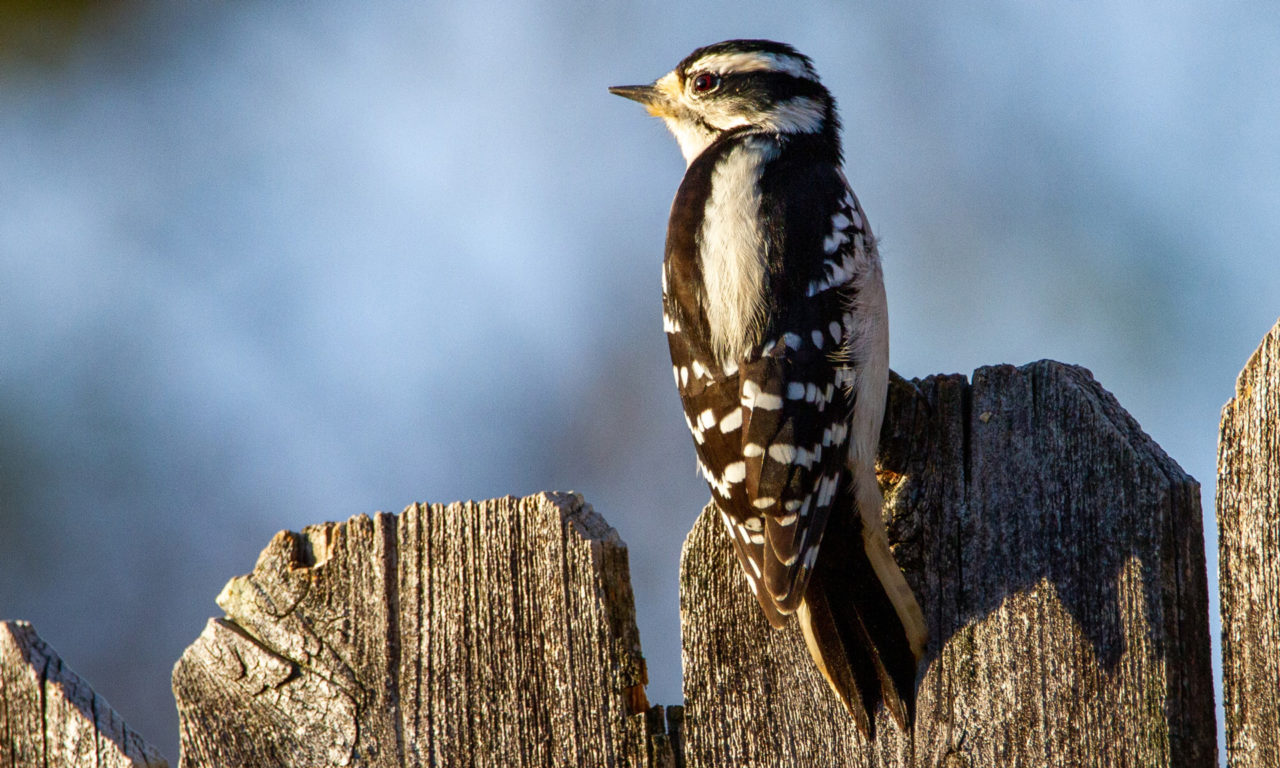Discover the Interesting Globe of Woodpeckers: Everything You Required to Know
The globe of woodpeckers is a world filled with unique actions, complex adaptations, and a varied range of species. From their environments and circulation patterns to their feeding practices and specialized anatomical functions, woodpeckers have long captivated the rate of interest of ornithologists and nature enthusiasts alike. Recognizing the details of these interesting birds provides a look into the complicated interplay between their biology and the setting. As we explore the globe of woodpeckers even more, we reveal a wealth of details that clarifies their relevance in ecological communities and the challenges they encounter in an ever-changing world.
Woodpecker Habitats and Distribution
In North America, for instance, woodpeckers can be found in both coniferous and deciduous forests, using their solid beaks to forage for bugs and produce nesting tooth cavities in trees. In Africa, certain woodpecker varieties have actually adapted to arid settings, such as the acacia timberlands, where they play a critical function in controlling insect populaces.

Feeding Behaviors and Diet Plan
Woodpeckers utilize their strong beaks to drill right into the bark of trees, probing for insects and larvae hidden under the surface area. In enhancement to pests, woodpeckers likewise consume nuts, seeds, fruits, and sap.
Woodpeckers are known for their drumming behavior, which offers not just to interact with other woodpeckers yet additionally to locate food. The quick drumming sound is developed by the bird pecking on resonant surfaces like dead trees or metal posts. This habits can attract insects concealed in the wood, allowing the woodpecker to spot their presence and prey on them.
Special Adaptations for Tree Climbing
In their skilled search of pests hidden within tree bark, woodpeckers have developed exceptional anatomical attributes that outfit them with unique adaptations for efficient tree climbing. Woodpeckers have strong neck muscular tissues and a special head framework that take in the influence of consistent pecking, permitting them to climb up vertically without triggering harm to their minds. These adjustments display the unbelievable transformative layout that makes it possible for woodpeckers to browse trees with accuracy and performance.
Diverse Woodpecker Variety Worldwide
With over 200 various types spread across numerous environments worldwide, the family more helpful hints members of Picidae incorporates an impressive variety of woodpeckers. These visit this website birds can be located in woodlands, forests, savannas, and also metropolitan areas, showcasing their adaptability to different settings. From the legendary Northern Flicker in The United States And Canada to the vibrant and evasive Crimson-backed Flameback in Asia, each woodpecker varieties displays distinct qualities in terms of tuft, actions, and habitat preference.
Woodpeckers differ substantially in size, with the diminutive Downy Woodpecker gauging around 6-7 inches in size, while the powerful Lineated Woodpecker can rise to 17 inches - Woodpeckers in Florida. Their beaks additionally are available in different sizes and shapes, mirroring their feeding routines. Some varieties focus on removing bugs from tree bark, like the Acorn Woodpecker, while others, such as the Black-cheeked Woodpecker, feed upon fruits and seeds

Conservation Initiatives and Challenges
Preservation efforts for woodpecker populaces are important in mitigating the influence of habitat loss and various other dangers encountering these diverse bird varieties. Woodpeckers face numerous obstacles to their survival, primarily due to deforestation, urbanization, climate change, and invasive species. To deal with these problems, preservation initiatives concentrate on shielding and recovering woodpecker environments, implementing lasting forestry practices, and raising awareness concerning the importance of these birds in communities.
One considerable difficulty in woodpecker conservation is he has a good point the fragmentation of their habitats, resulting in isolated populations that are more at risk to termination - Woodpeckers in Florida. Guardians work to create wild animals passages and secured areas that connect these fragmented environments, enabling woodpeckers to move in between different locations for feeding, reproducing, and shelter

Verdict
In final thought, woodpeckers are interesting birds with distinct adaptations for tree climbing and feeding behaviors. Further research and preservation activities are required to make sure the survival of woodpeckers in the wild.